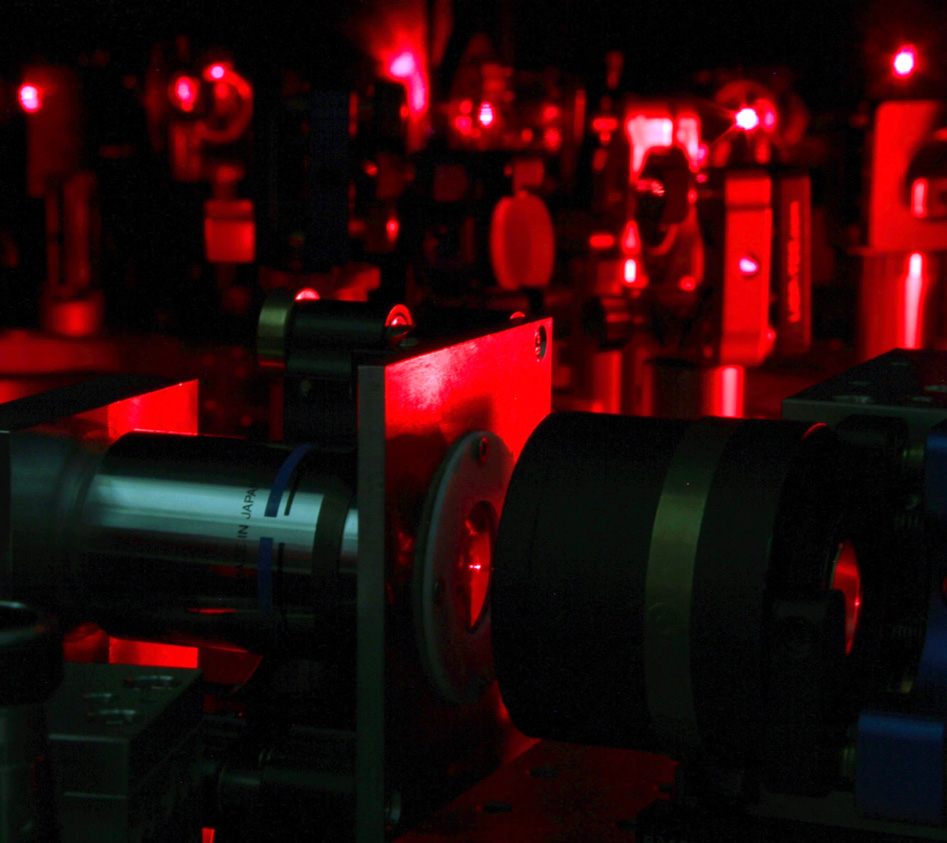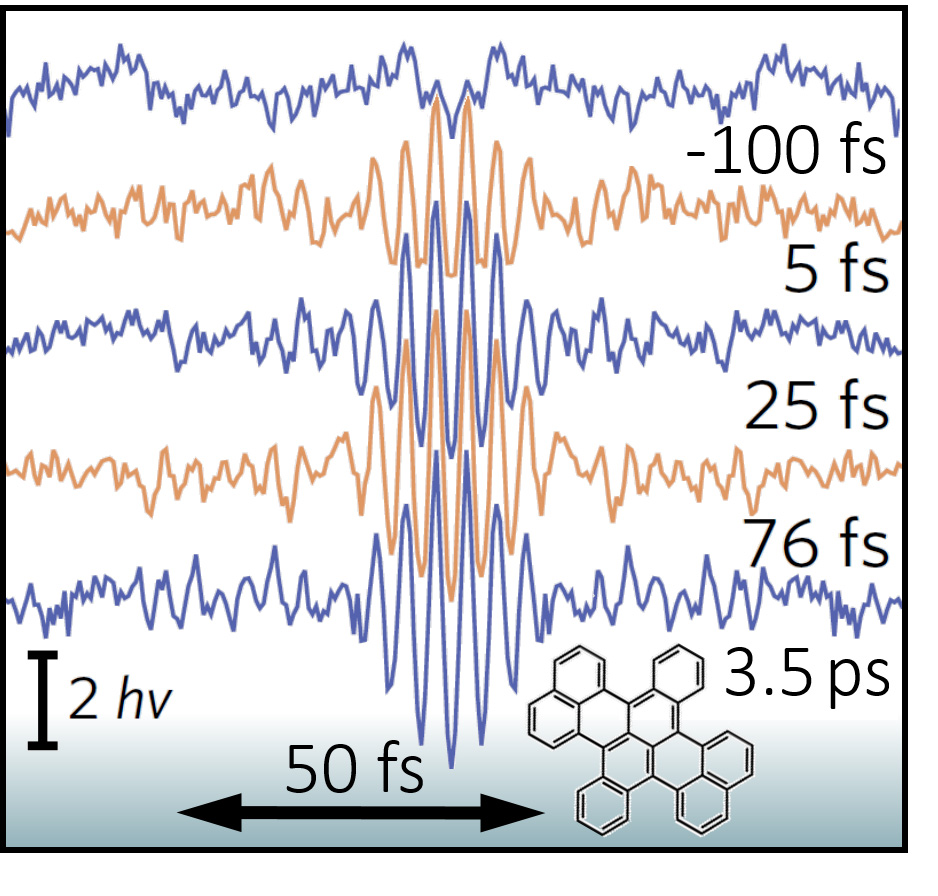For over two centuries optical spectroscopy is revealing the nature, interactions and reactions of atoms, molecules, proteins, etc. Since 25 years, one can even see individual molecules, providing ultimate details of biological and chemical systems, enabling super-resolution microscopy, single particle tracking, detection of rare states, etc. Even dynamic processes, such as molecular conformational changes and energy transfer are becoming accessible at the level of the individual molecule. Yet, these processes are fast, very fast, occurring on femtosecond to picosecond timescale. The challenge of a spectral snapshot on femtosecond scale has so far prevented to track any spectral development of a single molecule at true molecular timescale.
At ICFO, we have finally resolved this dilemma by performing time-resolved ultrafast encoded single molecule spectroscopy (“True”SMS). Tracing the femtosecond evolution of excited electronic state spectra of single molecules over hundreds of nanometres of bandwidth at room temperature, we managed to reveal the nonlinear ultrafast response in an effective threepulse scheme with depleted fluorescence detection. A first excitation pulse was followed by a phase-locked de-excitation pulse pair, providing spectral encoding with 25?fs temporal resolution. Just as in a stop-motion movie, yet millions-timesmillions times faster, the molecular spectral development is shot. Probing the spectral evolution of the stimulated emission transition, initially (<100fs) the electronic band developed, while in the long time-delay (>1ps) spectrum the two-band feature reminiscent of a vibrational progression emerged, confirming the dynamic vibronic transition of the single molecule.
This first experimental realization of true single-molecule transient spectroscopy demonstrates that two-dimensional electronic spectroscopy of single molecules is experimentally within reach, opening routes to study energy transfer and charge transfer of photosynthetic complexes, perovskites and photovoltaic systems at the ultimate level of a single unit.
Reference

